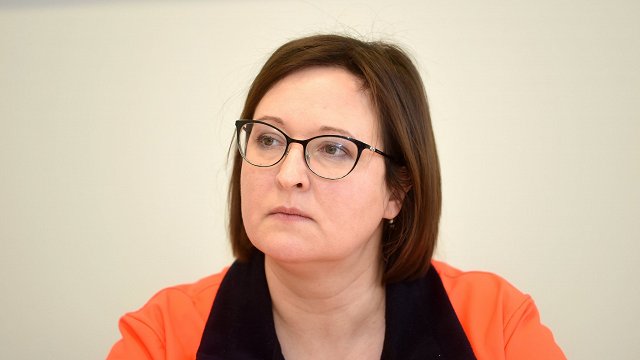Last summer, the former health minister Daniels Pavļuts said: "In two years, we could come to a point where paper-based data input will no longer take place in Latvia's health care." Almost a year has passed since then. The picture is not that pretty, and it won't be all that better next summer, says the National Health Service (NVD), which is responsible for healthcare digitization projects.
In the meantime, the e-health users council has been dissolved, but the Digital Health Council has been set up instead. A digital health strategy has also been created. The deadline for the full transition to the digital environment is set in 2029.
The “core” of digital health, or the foundation around which the rest would be built, should be ready next year, although it is already clear that this is not realistic. In the meantime, it is planned to make digital medical records mandatory.
As regards the existing steps that are being taken towards full digital transition, Harijs Gals, representative of the Latvian Oncological Alliance (Onkoalianse), who also represents the organization at the Digital Health Council, said that it will not bring significant improvements to patients at least for the time being.
“I look at what is currently being programmed in the first state, and there is nothing there for patients. There is nothing [..] the patient expects, nothing the patient would like, nothing that would make the patient happy. The patient has a dry data sheet with the illness classification. It looks like – the patient has illness C-34,” Gals said.
Although e-health works far more smoothly than it did two years ago, interruptions continue, and this is why it is often asked, for example, to back up e-health referrals with a paper document.
But it's not the biggest problem anymore. As time goes by, not only do the authorities themselves, but patients also want more digitally accessible services, so major institutions make their own solutions with their own standards.
Iluta Riekstiņa, a member of the Board of the Children's Clinical University Hospital, said: "So the laboratories have done everything as they see what the patient should need. Why? Because there is no e-health. We, as a Children's Hospital, have created a functionality so that the family doctor can send their patient to the urgent line. Why? Because there was no e-health. We are all prepared to integrate, give us a good e-health system, a system of national importance."
The Latvian Association of Family Doctors' representative for the Digital Health Council, Alise Nicmane-Aišpure, also said: "We, as doctors and as patients, of course, would like a system where all the data, the entire patient record history is in one place. That this system is safe from a data protection point of view for both the medical authorities and the patients themselves. I would also like the system to be fast, transparent, and easy to use without duplication of functions."
Risk of recurrence of the e-health scenario
The Digital Health Strategy has highlighted a great deal of simultaneous work with the development of the core, including the development of new services for medical establishments.
Daiga Behmane, spokeswoman for Rīga Stradiņš University (RSU) at the Digital Health Council, said that around €35 million were earmarked for the system development from different European projects: "However, it is already at risk of ending up where we did with e-health, which was glued together from project to project, and development was dependent on the money available.
"The concern is that we will go from project to project as well. It is very important, however, to move towards that common framework, but as I said, if we do not have access to the common architectural document, we also do not know where we are going. "
Around €15 million has been spent on e-health so far. Around half of the existing creation could be used in the new system.
There has been an idea of creating a responsible institution and permanent funding for managing the digital health system, but it has so far been rejected by politicians. "In the long term, unfortunately, it should be acknowledged that there is no earmarked funding at this stage. And so in general, from a sustainability point of view, of course, it is not good news. Yes, structural fund projects are available at a sufficiently high level for the following period. But in order to prepare for this, it is necessary to have a base resource,” Āri s Kasparāns, head of the National Health Service, said.
The idea of copying a system from another country is also rejected. Consultations have been conducted with both Estonia and Denmark, but as the head of the NVD said, this would mean starting again from square one, without good governance and processes.

























